Reinhard Christiansen is the best person to ask about green electricity. By the late 1980s, he had already made significant contributions to wind power in Germany. In 1995, he started designing the first wind farm together with the other people in Ellhöft, a village with a population of 113. After getting the farm running in 2000, Christiansen started four others like it, set up an electrical substation and founded several companies to manage the power systems. These projects, along with his consulting services, yielded him not only personal wealth but also the respect of the energy industry. Now, at over 60 years, he is set on bringing a new idea to life: the production of hydrogen from wind-generated electricity (see October 2017 issue of H2-International). We visited Christiansen at his estate in the small community, set directly on the border of Germany and Denmark, and talked to him about his visions, old and new.
H2-international: Mr. Christiansen, here in the far north, there’s almost always a stiff wind blowing. One can imagine wanting to bottle it. Could you tell us about the exact moment at which you thought to start your first community wind farm?
Christiansen: At that time, I was a district chair for BUND, a national NGO dedicated to environmental protection, and had established an energy working group. We had to figure out why wind power business was booming in the neighboring country of Denmark but not in Germany. We couldn’t let it stay that way.
H2-international: Overall, it took 5 years for all the environmental concerns and assessments to be addressed and for the six wind power plants to go into operation. What were the main obstacles at that time?
Christiansen: The former head of the district council of northern Friesland, Olaf Bastian, made it clear that he was completely against wind power and made sure his colleague on the Danish side would discourage its use south of the border.
H2-international: Did you ever consider giving up?
Christiansen: No, not ever! When you have goals set and you run into walls on the way there, you have to tunnel, skip, bypass or tear them down.
H2-international: If I may, how did you bridge these 5 years financially?
Christiansen: In the beginning, we were just 28 citizens from the community. When the money was about to run out, we asked friends and acquaintances to help out. Eventually, 23 joined our ranks and refreshed our funds.
H2-international: The planning of subsequent wind farms went at a much brisker pace. What was different?
Christiansen: There was the Renewable Energy Law, the EEG, which guarantees demand and prices over 20 years. That was a good …




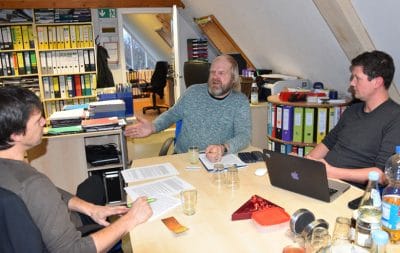

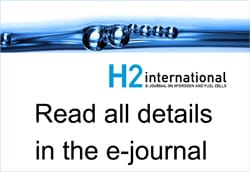
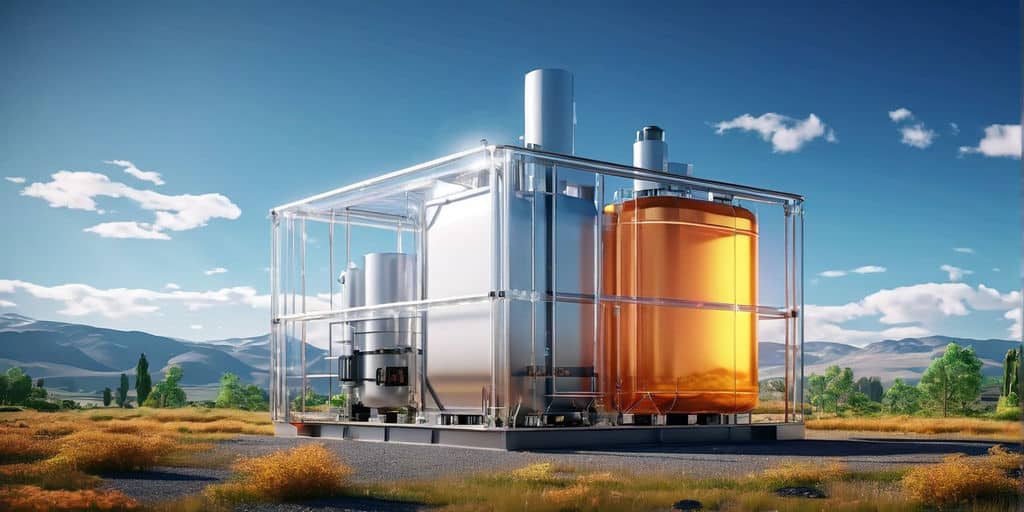
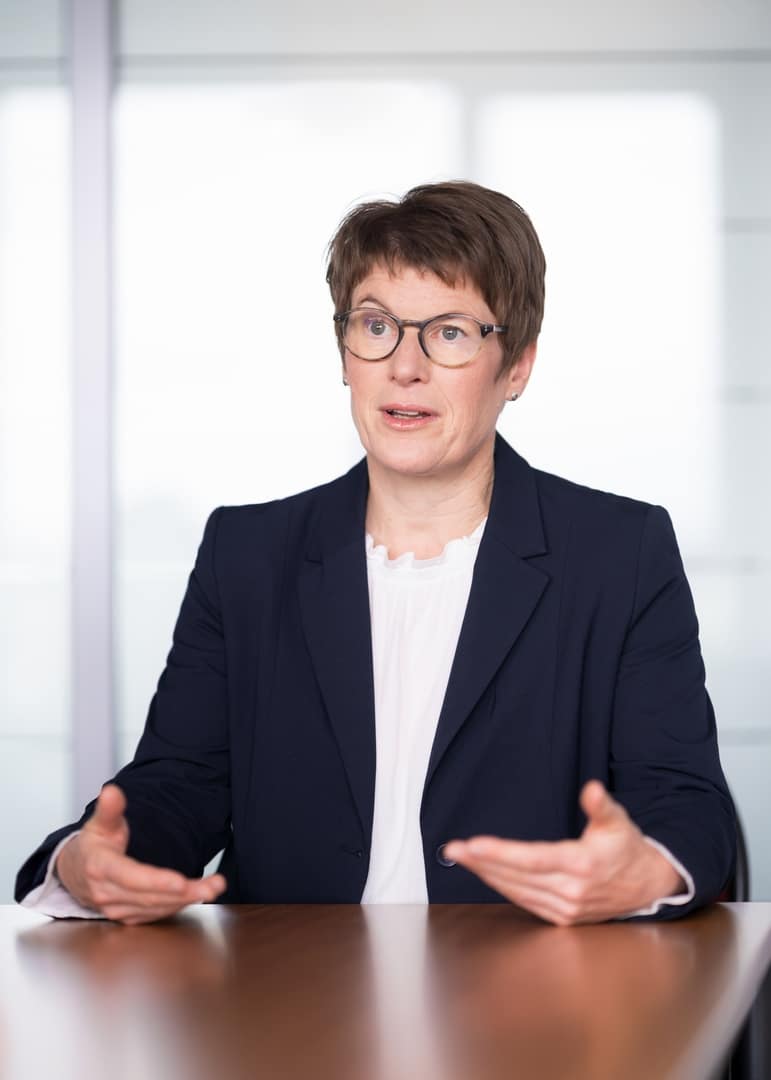
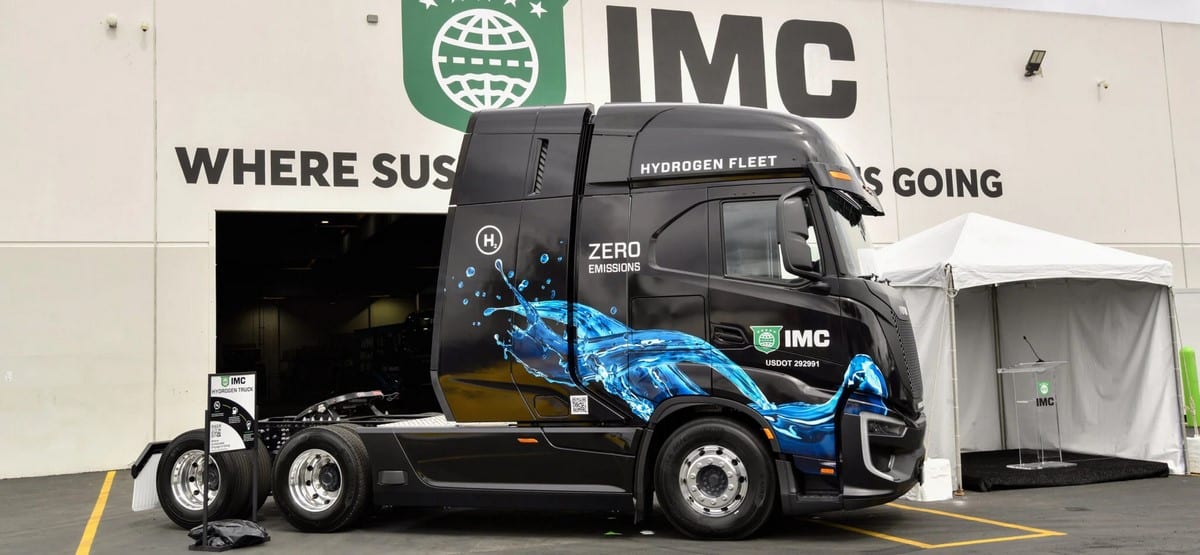
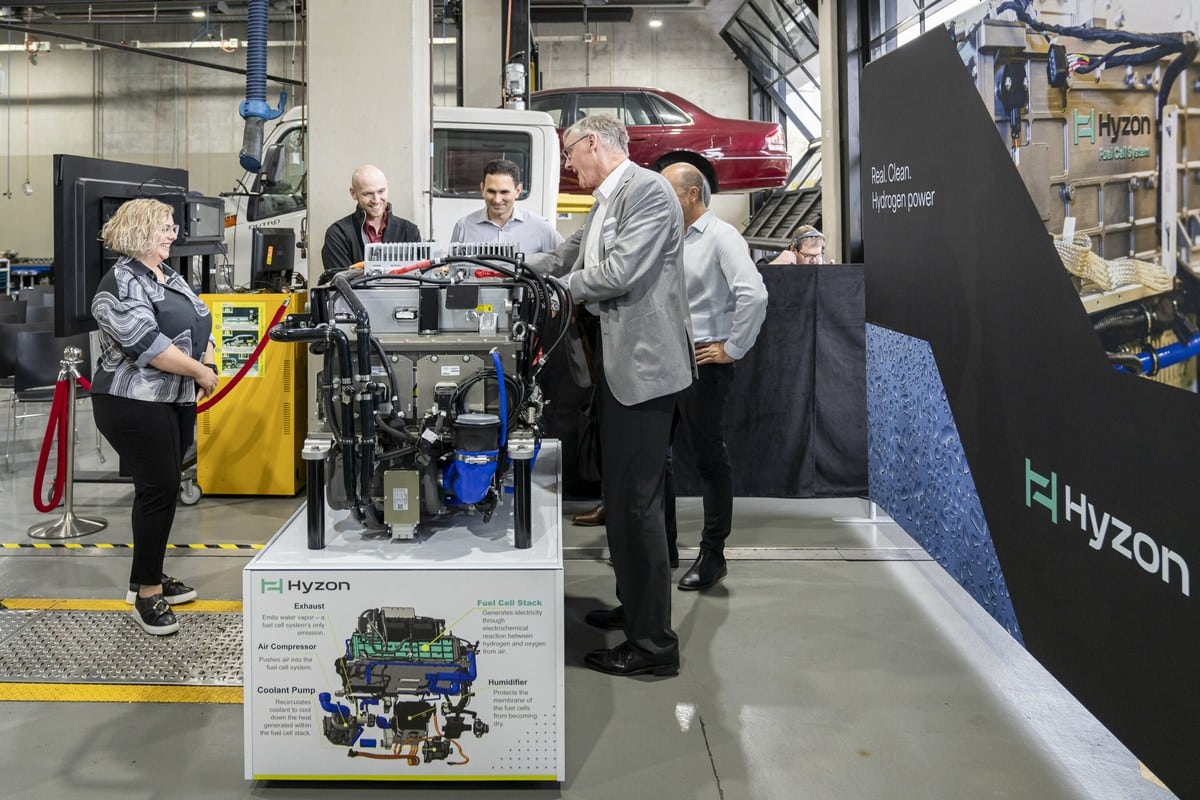
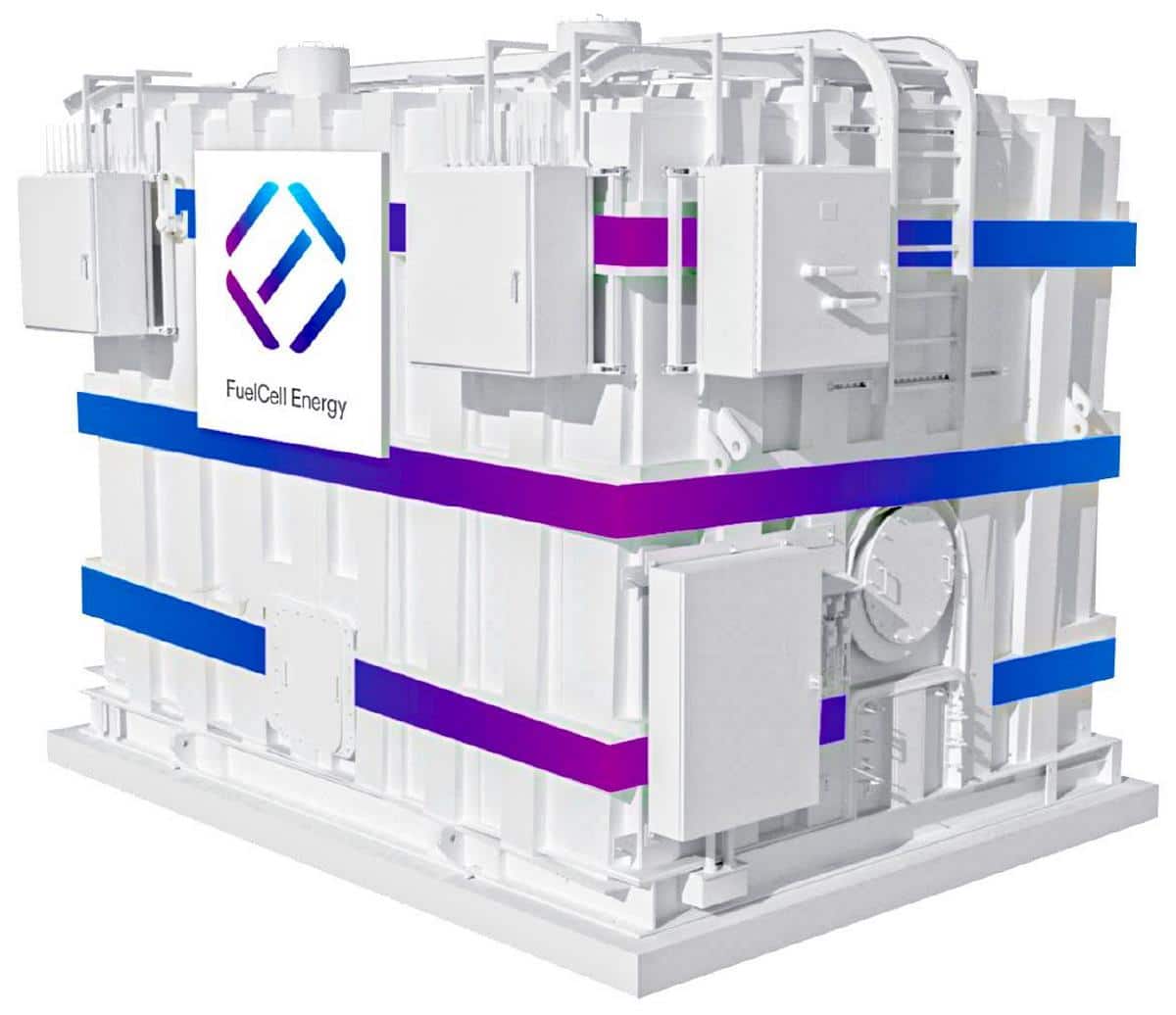
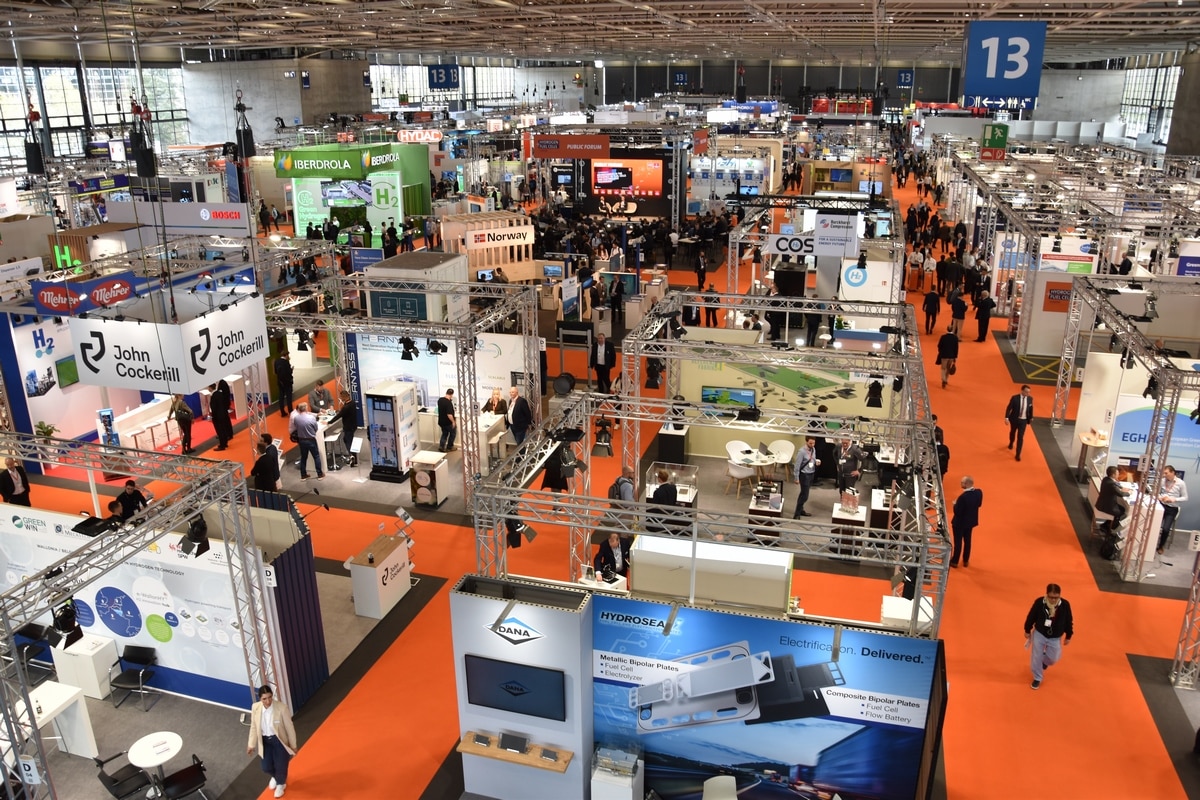
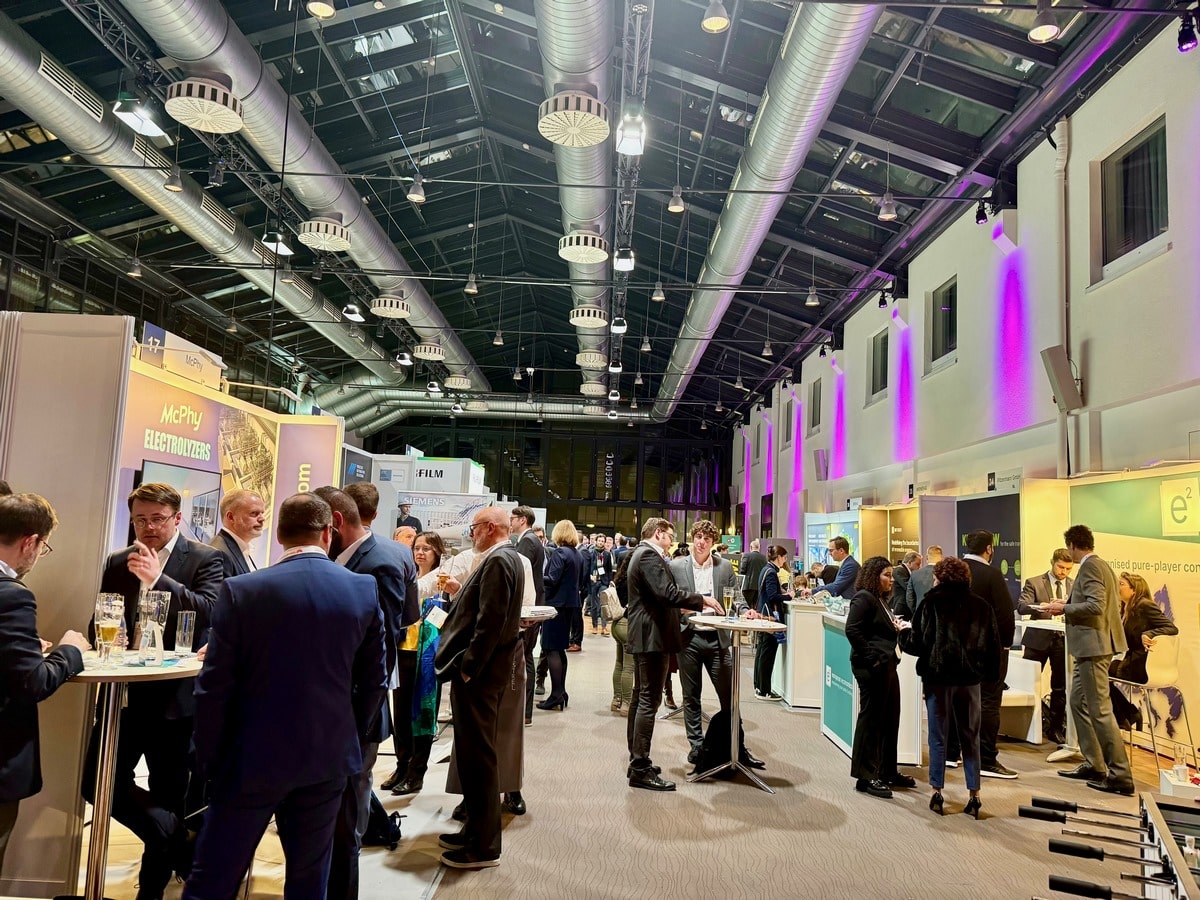
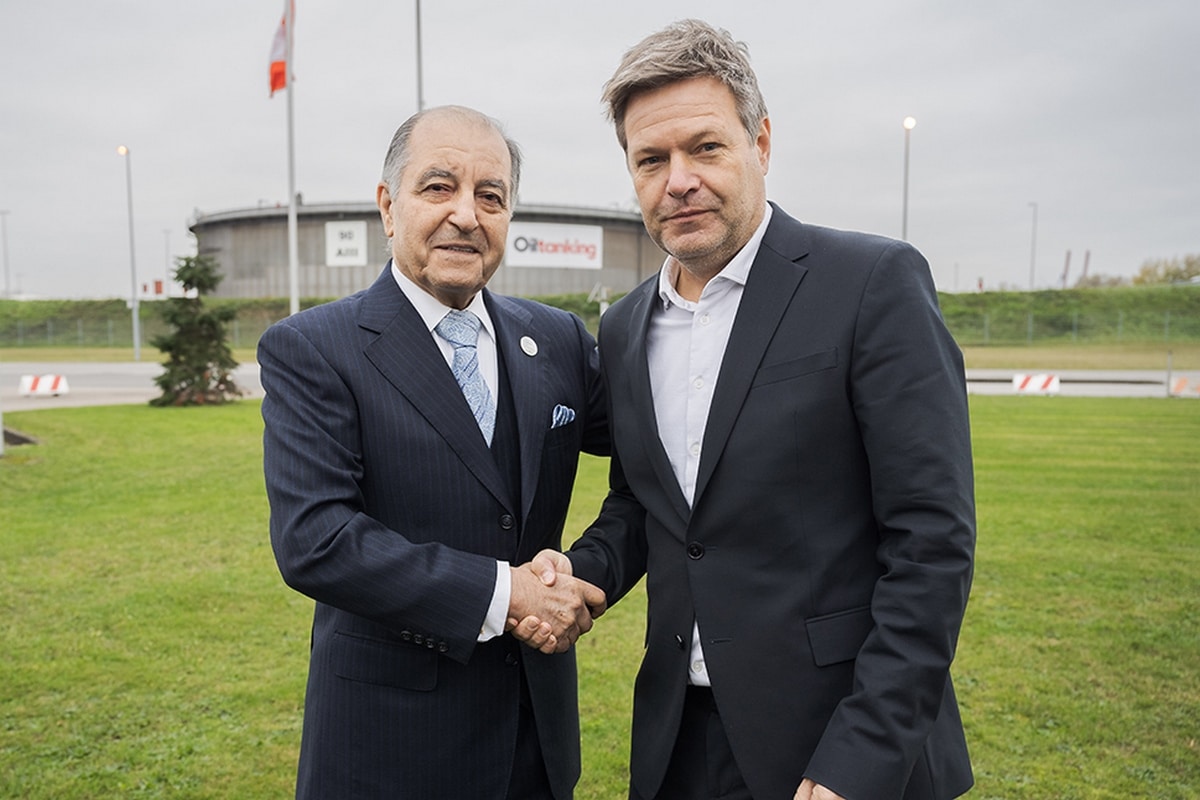
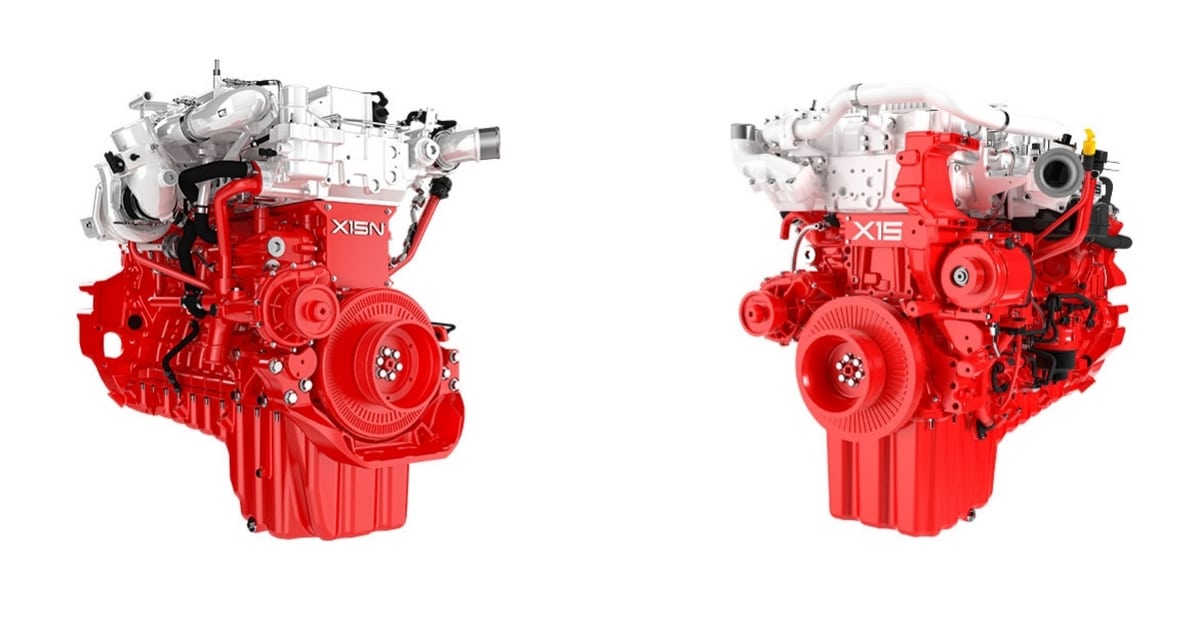
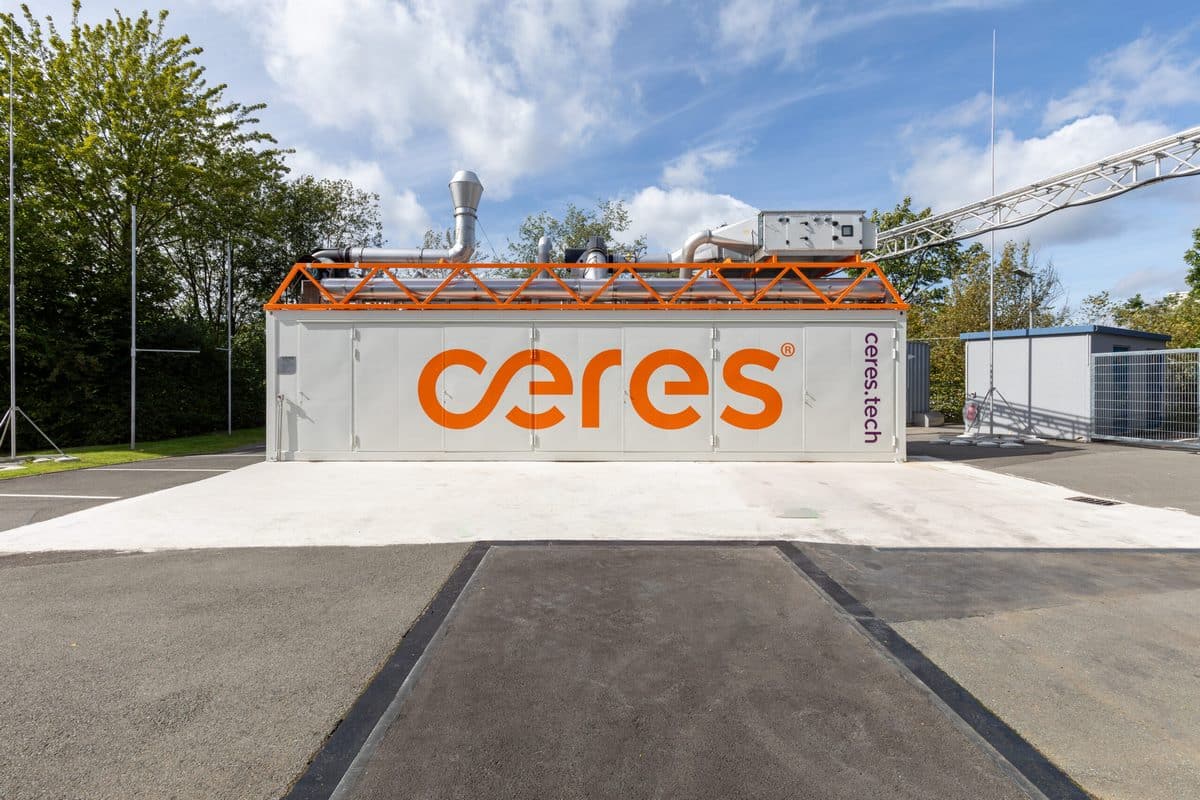

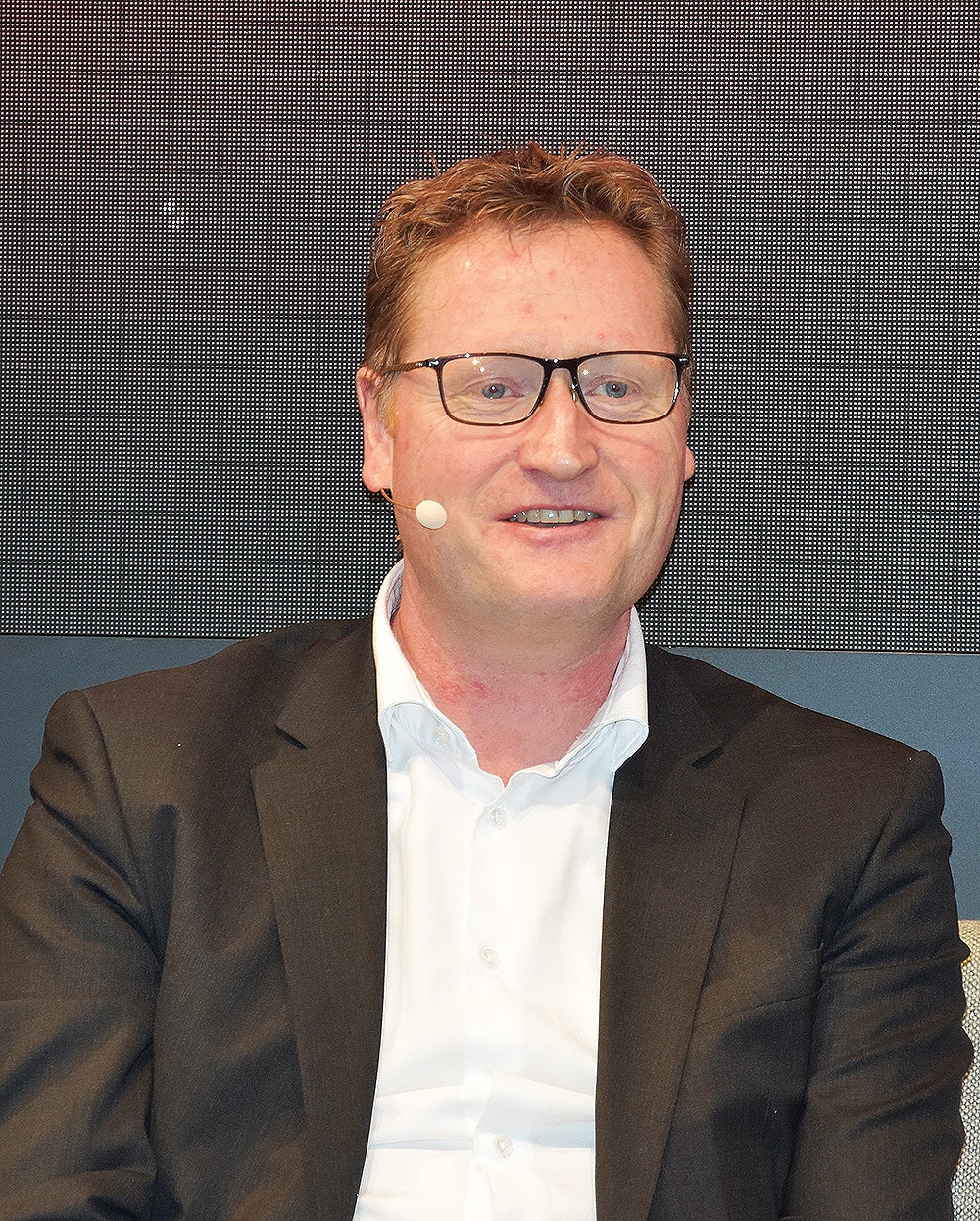
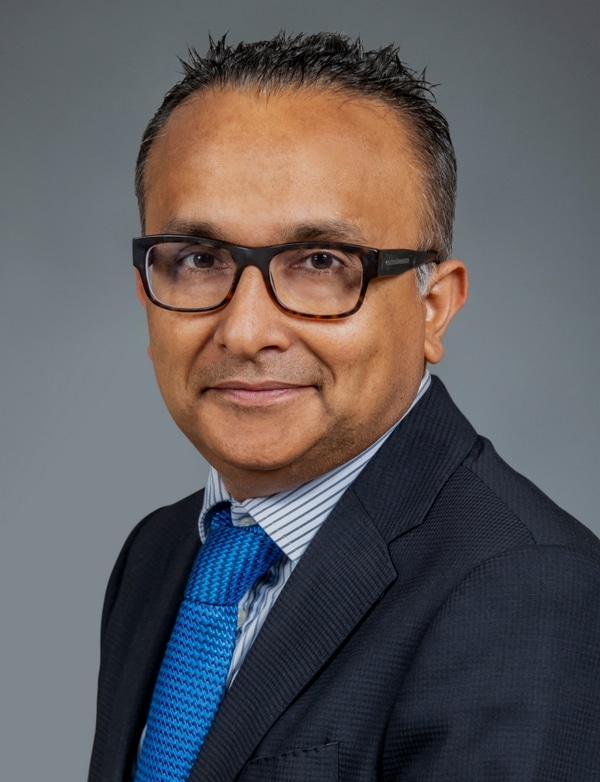

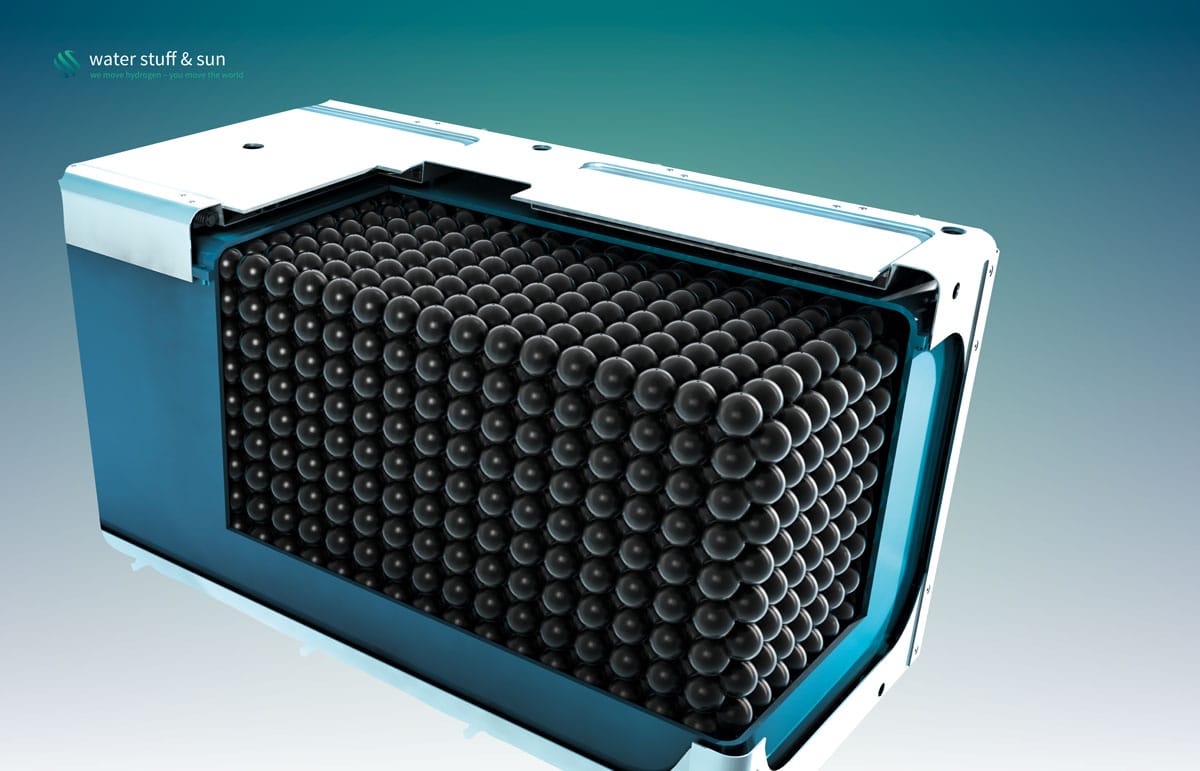
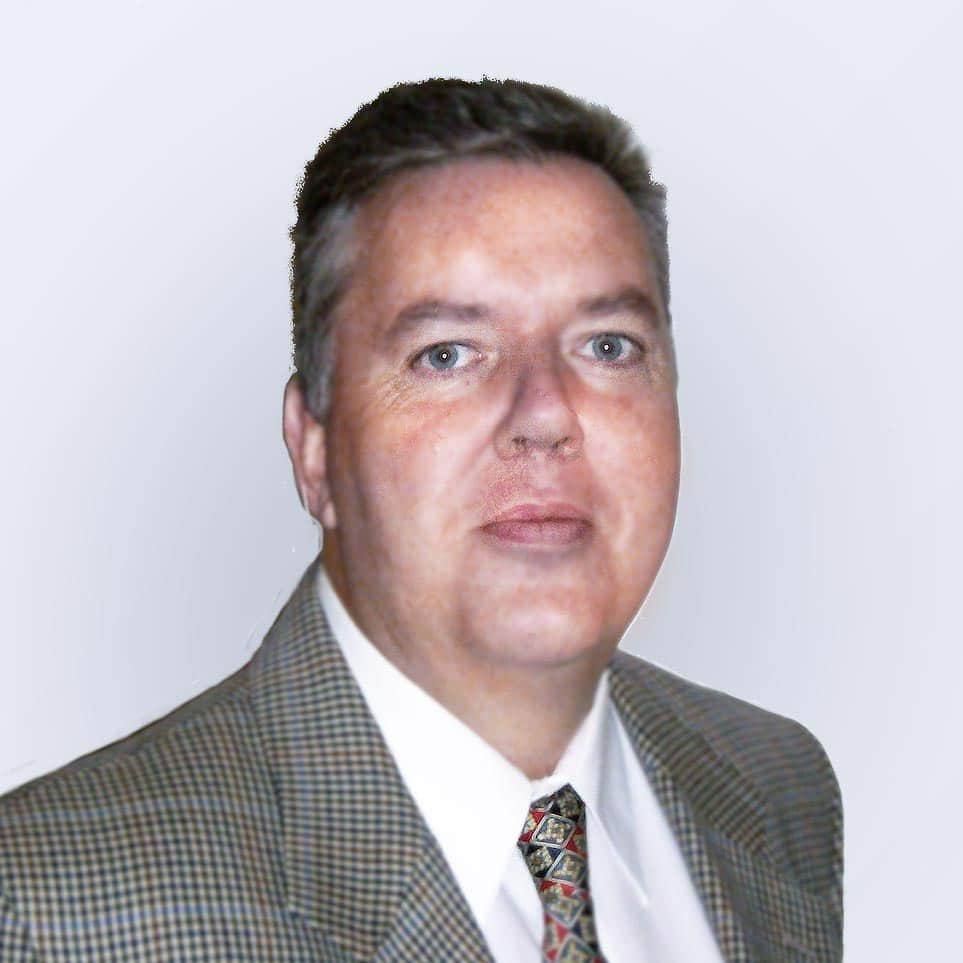
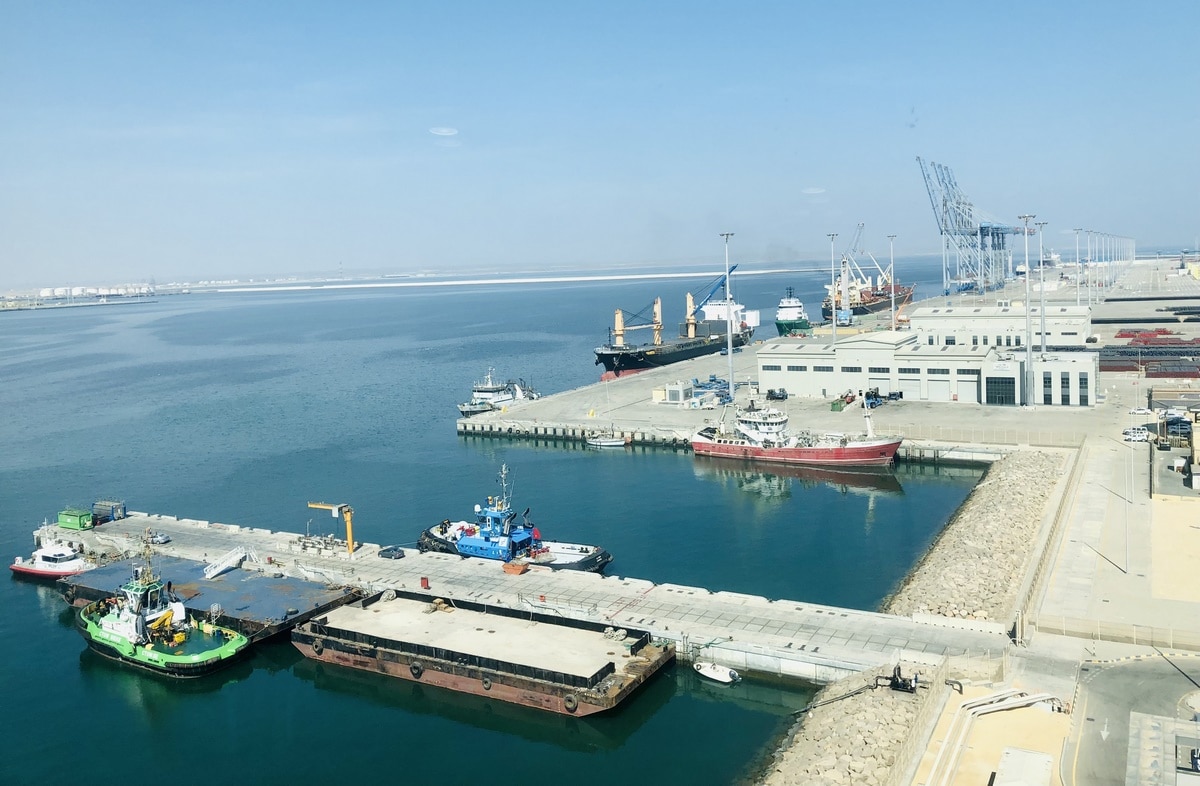
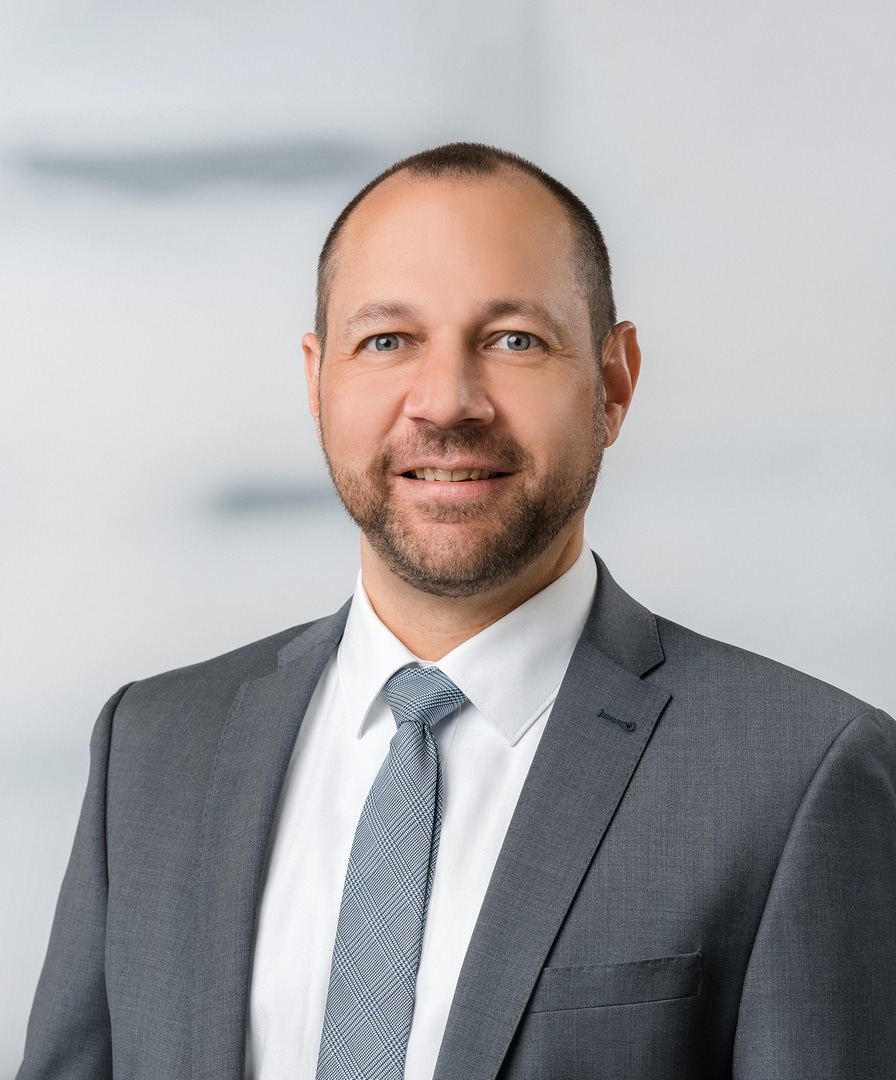
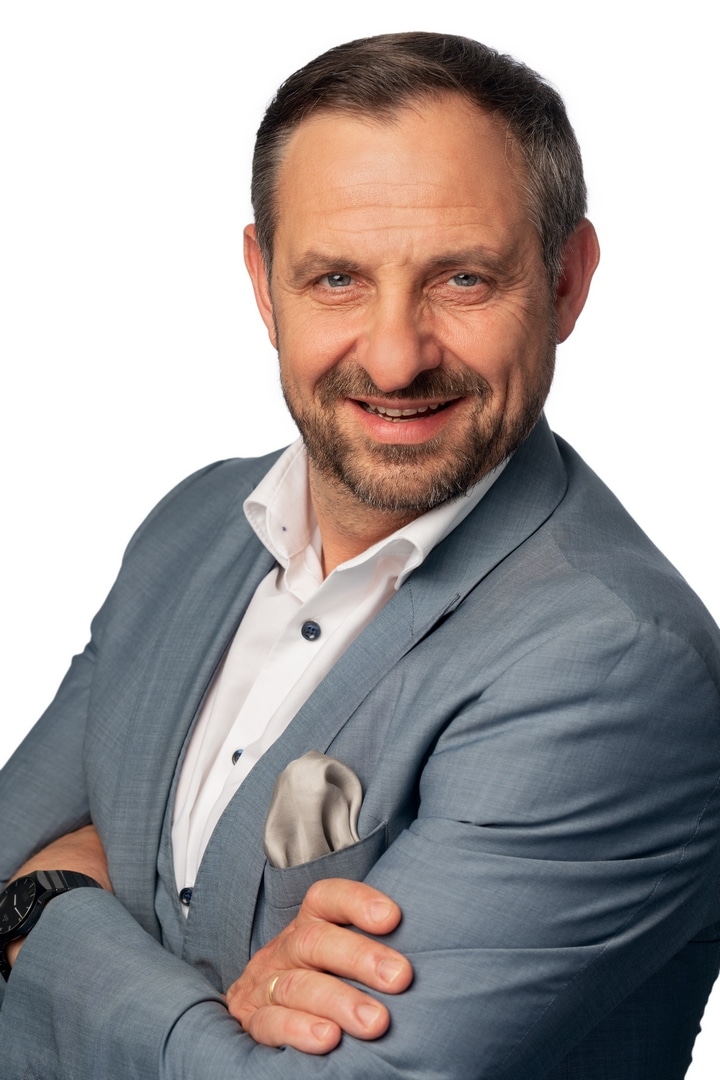
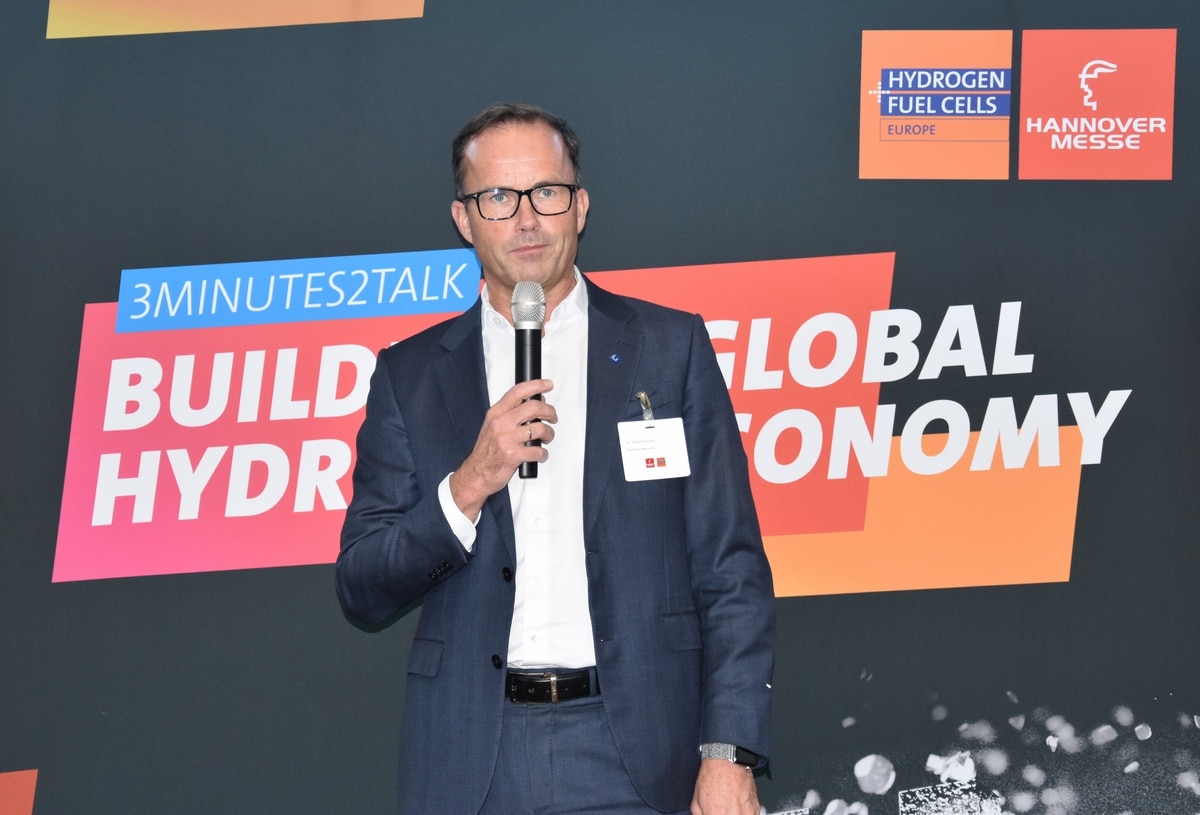
0 Comments